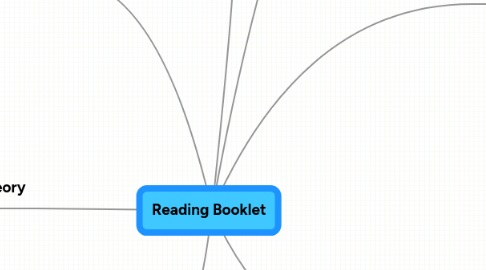
1. Introduction
1.1. Intro
1.2. Structure
1.3. Objectives
1.3.1. Writing as Means of Recording
1.4. Aids & Equipment
1.5. Help & Follow Up
2. Bliography
3. Contents Page
4. Theory
4.1. Marie Clay
4.1.1. Observations On Emergent Writing
4.2. Bandura
4.2.1. Modelling
4.3. Vygotsky
4.3.1. Zone of Proximal Development
4.4. Bruner
4.4.1. Scaffolding
4.5. Chomsky
4.5.1. Language Acquisition Device
4.6. Hayes & Flowers
4.6.1. Planning, Writing & Revising Cycle
4.7. Piaget
4.7.1. Ages & Stages
4.8. Skinner
4.8.1. Operant Conditioning
4.9. Pavlov
4.9.1. Stimulus Response
4.10. Edward De Bono
4.10.1. Thinking Hats
4.11. Neil Mercer
4.11.1. Language as a Social Interaction
4.12. Margarita Azmitia & Ryan Montgomery
4.12.1. Friendship Groups
4.13. Paul Black
4.13.1. Working Inside the Black Box
5. Key Stage 1
5.1. Key Stage 1 Intro / Objectives
5.2. Mark Making
5.2.1. Different Mediums
5.3. Sharing Books
5.3.1. Role Play
5.3.2. Making Own Text
5.4. Sounds & Letters
5.4.1. Jolly Phonics
5.4.1.1. Actions
5.4.1.2. Linking Sounds Symbol & Meaning
5.4.2. Different Mediums
5.5. Oral Stories
5.5.1. Role Play
5.5.2. Story Sacks
5.6. Mark Making with Meaning
6. Contents
6.1. Key Stage 2
6.1.1. Key Stage 2 Intro / Objectives
6.1.2. Phonics
6.1.2.1. Complex
6.1.2.1.1. Evermore Abstract
6.1.2.2. Reading
6.1.3. Hand Writing
6.1.3.1. Cursive
6.1.3.2. Flexibility
6.1.3.2.1. Fonts
6.1.4. Genre
6.1.4.1. Repeated Topics
6.1.4.2. Structure
6.1.5. Encouragement
6.1.5.1. Reading
6.1.5.2. Drama
6.1.5.3. Role Play
6.1.5.3.1. Grandmas Trunk
6.1.5.4. Real Life Experience
6.1.5.5. Response Partners
6.1.5.5.1. Sharing Ideas
6.1.5.5.2. ZPD
6.1.5.5.3. Confidence Barrier
6.1.5.6. Intervention Groups
6.1.5.7. Working Walls
6.1.6. Structure
6.1.6.1. Spelling
6.1.6.1.1. Speaking & Listening
6.1.6.2. Grammar
6.1.6.3. Punctuation
6.1.6.4. Content
6.1.6.5. Need
6.1.6.6. Audience
